You have selected {0} room/apartment. You have selected {0} rooms/apartments. To the hotel booking
We respect your
right to privacy!
Cookie settings
These cookies are absolutely necessary for the operation of this site and enable safety related functionalities, for example. Additionally, this type of cookie is as well used to save your personal cookie settings.
In order to further improve both our offer and website, we collect anonymized data for statistics and analyzes. By means of these cookies we can, for example, analyze the number of visitors and the effect of certain pages on our website by optimizing our content.
We use these cookies to improve usability of the site for you. For example, based on an accommodation search you already made, you can conveniently access the same lodging when you visit our website again.
These cookies are used to display personalized content that matches your interests. It enables us to provide you with offers that are particularly relevant to your personally planned trip.
This year we celebrate 30 years of Sölden Ski World Cup. A good occasion to look back and review the most important milestones, anecdotes and bizarre facts. Ready for a trip down memory lane?
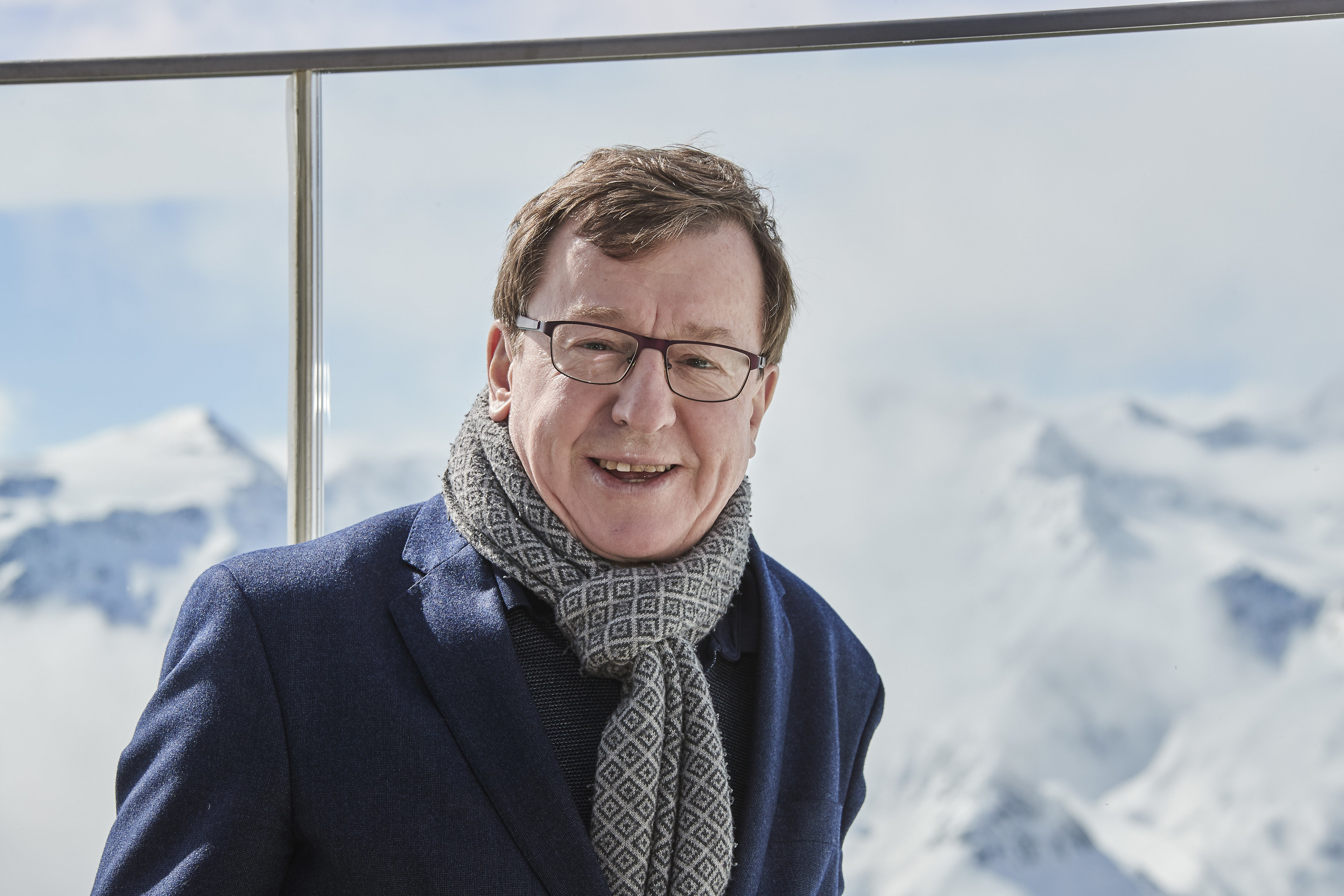
Jack Falkner played a crucial role in hosting the World Cup Opening in Sölden. More than 20 years ago, there was skepticism about hosting a glacier race, but Falkner, the long-standing OK president, forged strategic alliances with the glacier ski resorts of Saas-Fee and Zermatt. The idea was, if these glaciers were good enough for preseason training, why not for a World Cup race? Falkner convinced teams and coaches, becoming an ambassador for Sölden, and tirelessly held discussions. In parallel, various races were held in Sölden to increase visibility. In 1990, Sölden finally secured the race, and since 2000, the World Cup Opening has been an annual highlight there.
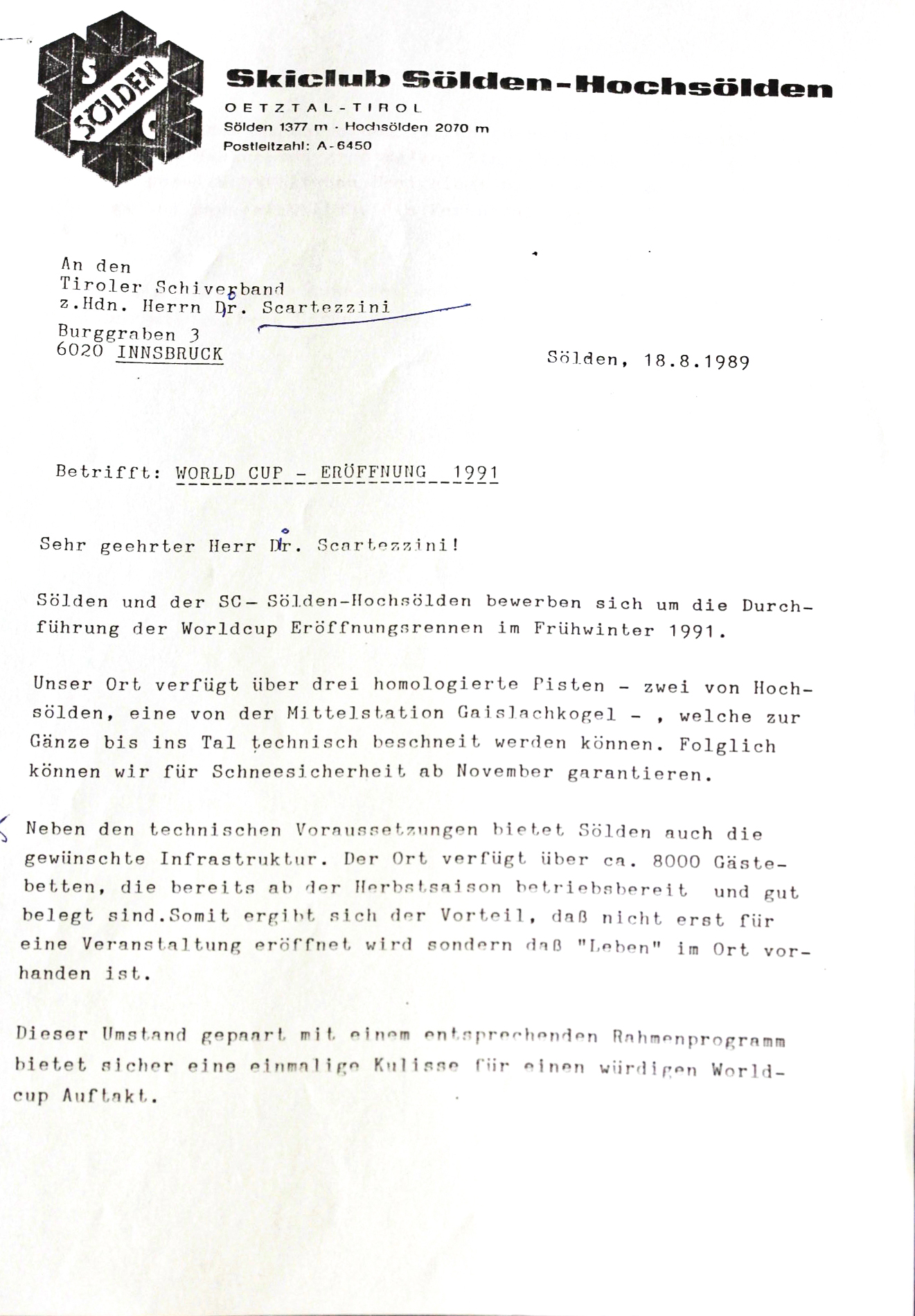
The Sölden-Hochsölden Ski Club applies to the Tirolean Ski Association for hosting the Ski World Cup opening race in early winter 1991. The slopes of Gaislachkogl or Hochsölden are suggested as possible locations.
At the FIS Congress, Sölden is awarded the contract for one race. Of the original “triple axis” comprising Sölden, Tignes and Saas-Fee, ultimately only Sölden remains – the organization and scenery convince the FIS officials.
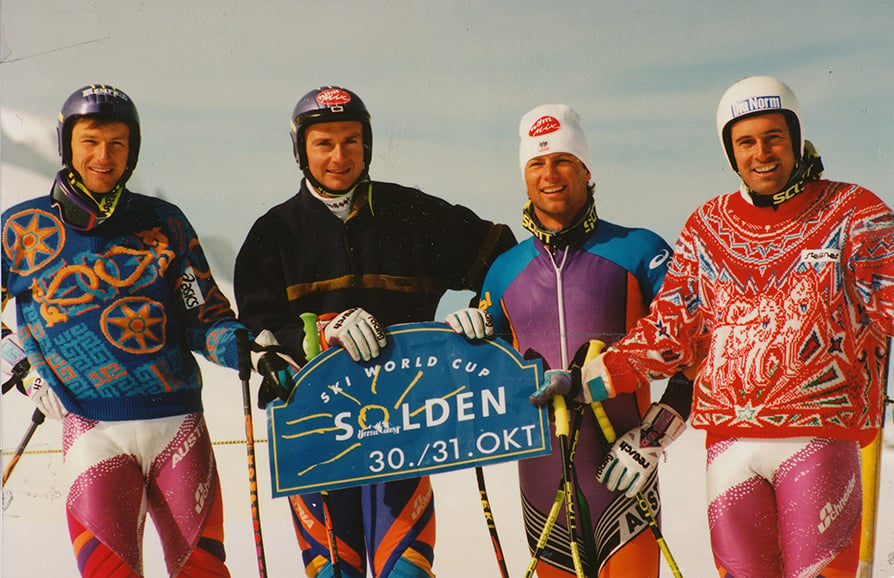
For the very first time, the Alpine Ski World Cup Opening takes place on Rettenbachferner’s glacier stage. Initially, the giant slalom races are held every two years. 14 TV stations and 370 journalists are reporting live from Sölden.
The OK team is confronted with an anonymous threat that there is a bomb in the marquee! And now? The police check the tent and find nothing. Together they decide that the threat is not serious.
The fan club parade and the entertaining side program are launched. Former ski racer Andre Arnold from Sölden plays the ORF camera skier: packed with a massive camera, he fights his way down the steep slope - long before there were GoPros.
Instead of taking place every two years as before, the Ski World Cup Opening will now take place every year on Rettenbachferner high above Sölden. At this point, the women's and men's giant slalom races are already considered classics in the race calendar.
The finish stadium is built. Until then, the presenter booths were housed in containers and a tent served as the journalists’ working place. By the way: in the pre-digital era, the heating room on the glacier served as a darkroom for photographers.
Tina Maze, Andrine Flemmen and Austria’s Niki Hosp cross the finish line at the same time and fairly share first place in the women's giant slalom race.
Even though the organizers of Sölden were said to be always very lucky with the weather, the World Cup races have to be canceled for the first time this year due to inclement conditions.
At 35 years and 3 months, Switzerland’s Didier Cuche is the oldest winner of a giant slalom at this time. Just in line with the Austrian national holiday, Wolfgang Ambros is on stage at the end of the race weekend.
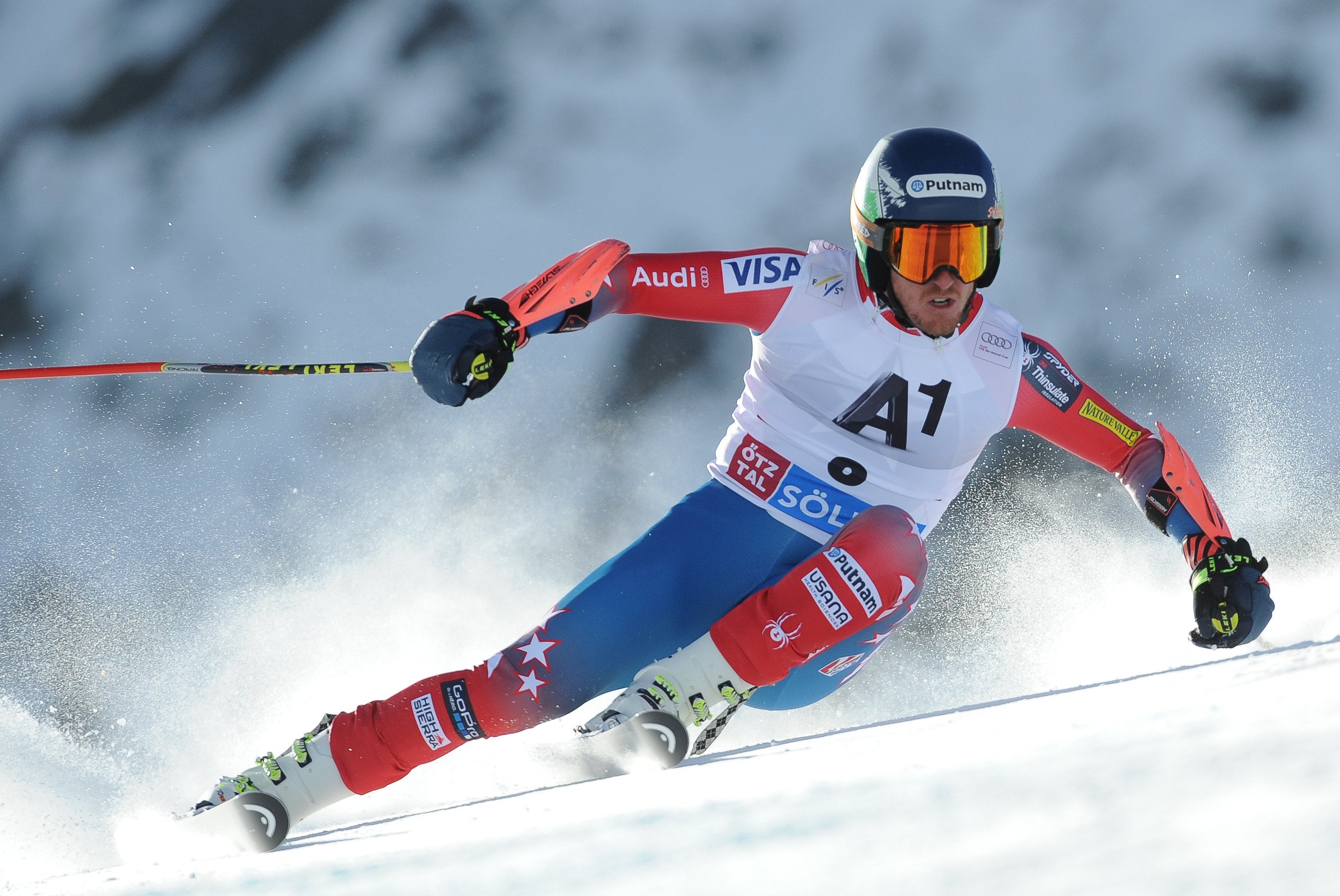
US American Ted Ligety wins the men's giant slalom with a lead of 2.75 seconds. The Salt Lake City-born giant slalom specialist is still the record holder in Sölden with four victories on Rettenbachferner.
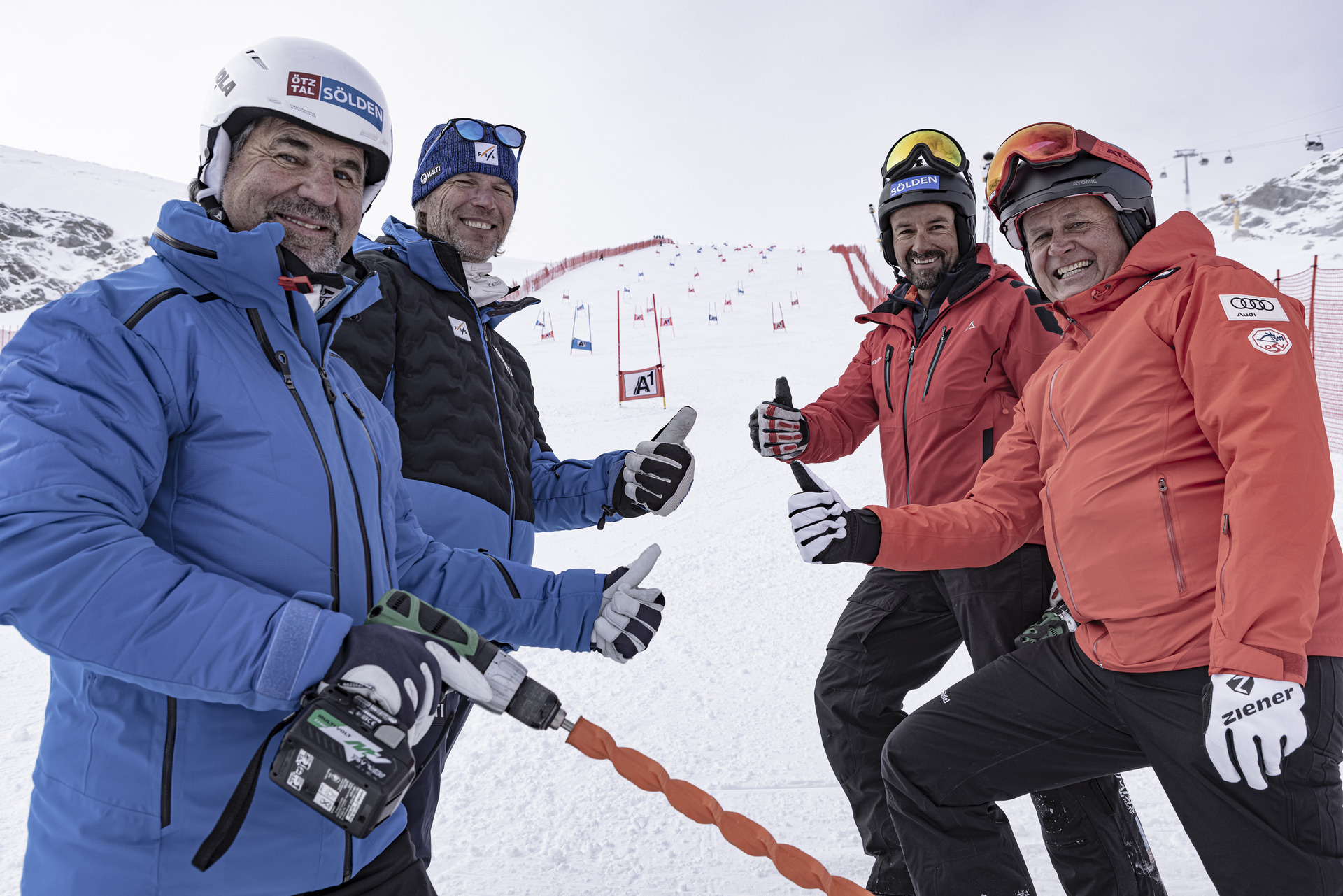
Up to 120 cm of fresh snow are falling on the glacier shortly before the race weekend. A true mammoth task for the entire OC team. Work that would normally take five days is completed within one single day. The races can take place!
Before camera drones flew through the air in the Ski World Cup circus, there were cable came which are being used for the first time this year. Fixed onto two wire ropes, the camera follows athletes parallel to the race track.
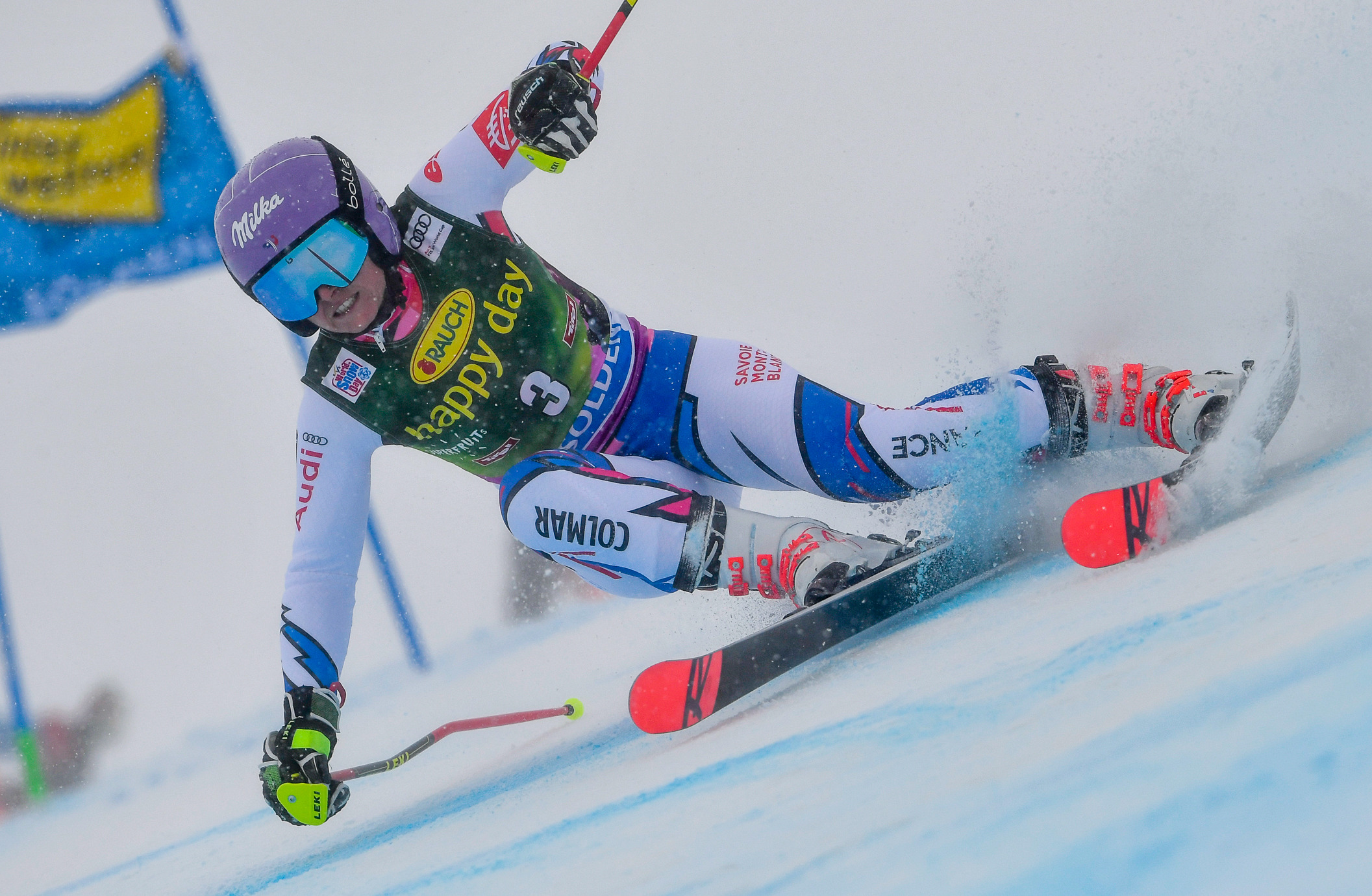
As in the previous year, this year only women can compete in a giant slalom race at Rettenbach Glacier. Strong and stormy winds coupled with extreme snowfall make the men's races impossible.
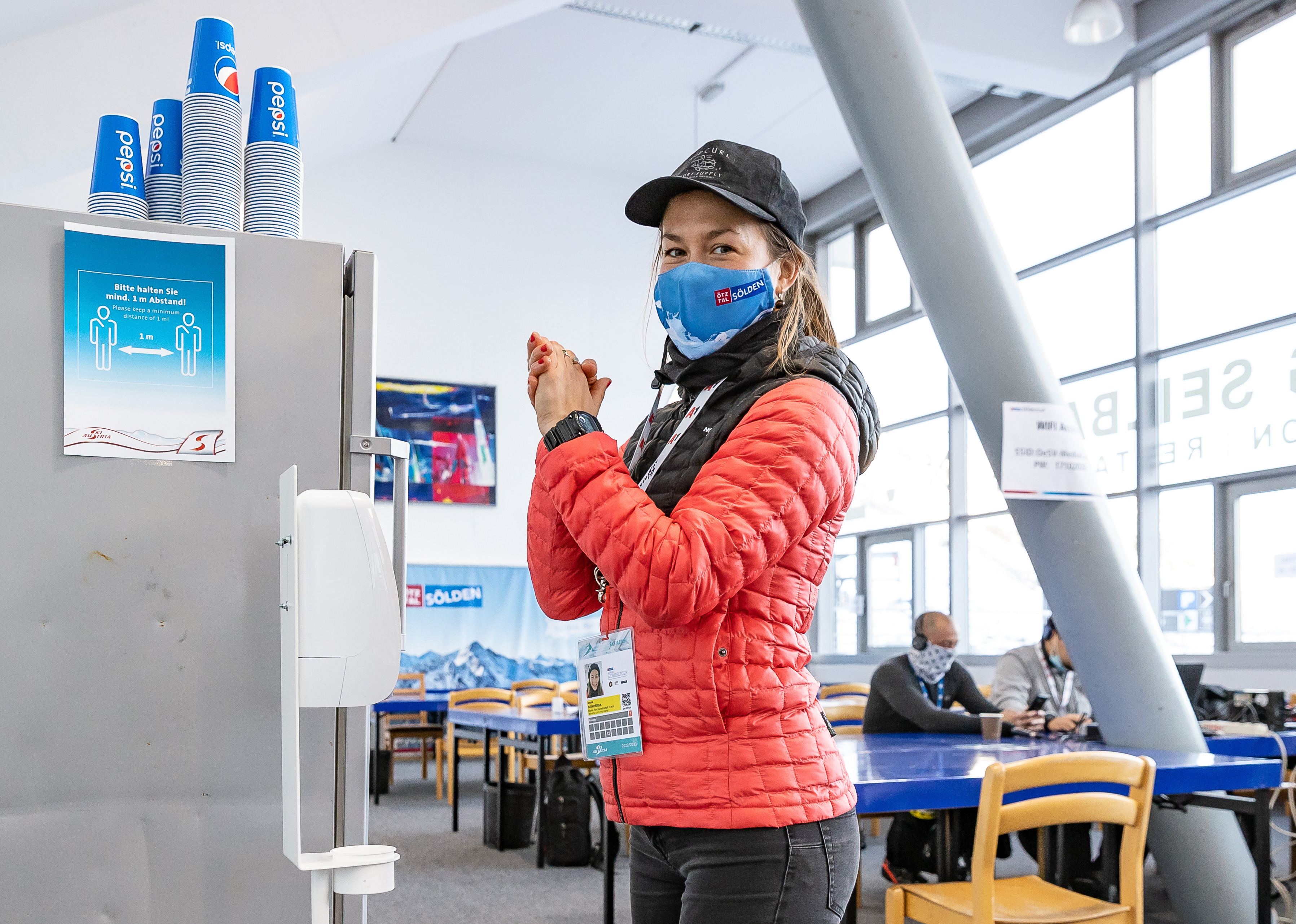
The pandemic turns everything upside down and requires the OC team to come up with a sophisticated safety concept that proved successful. From normally 25,000 fans, the number of people at Rettenbach Glacier shrinks to around 1,400 people per race day.
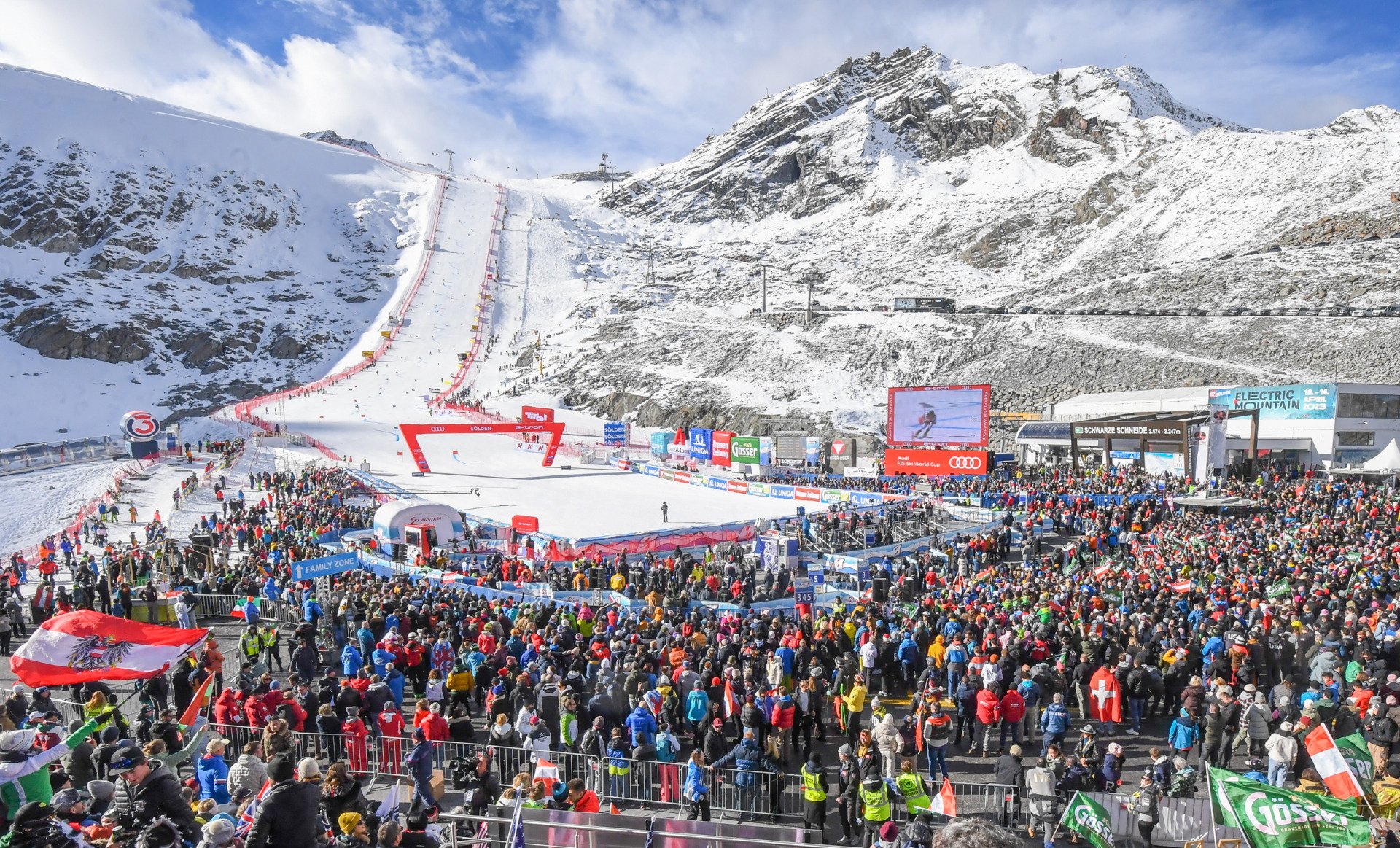
The Corona measures are history and the way is clear again for an exuberant ski festival in Sölden. Some 14,500 fans don't need to be told twice and cheer on the men's ski races, while the women have to take a break this time due to heavy snowfall.